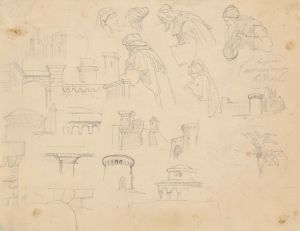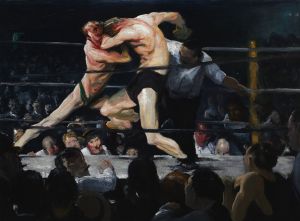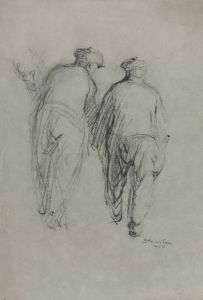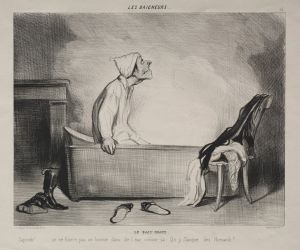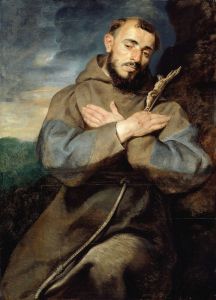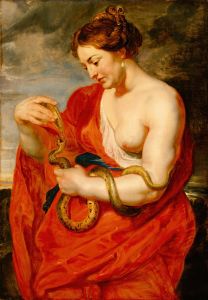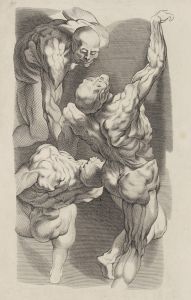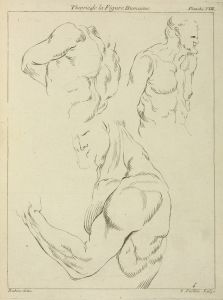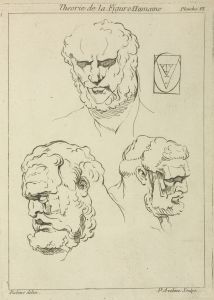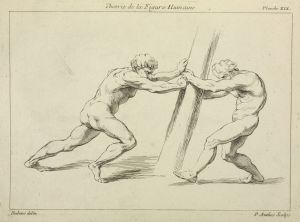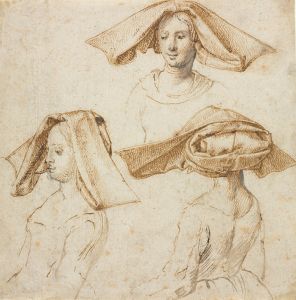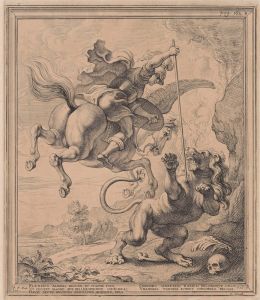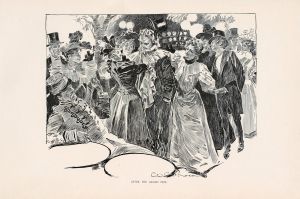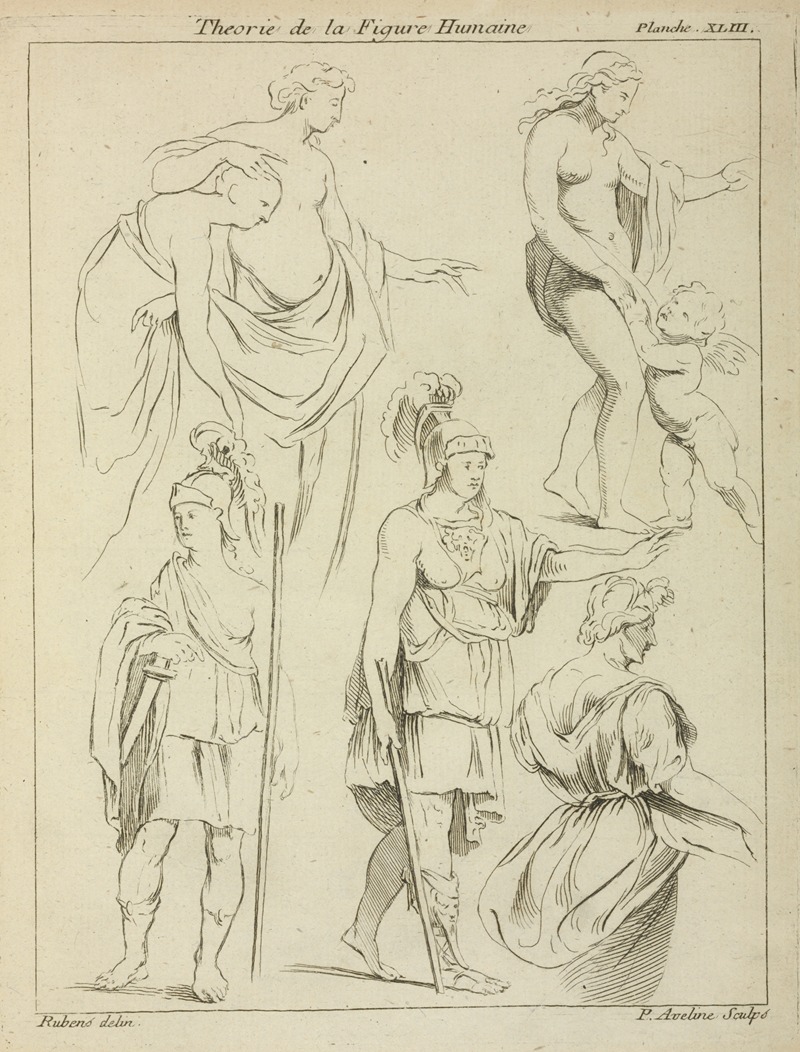
Various figures including Roman soldiers, and partially draped male and female nudes
A hand-painted replica of Peter Paul Rubens’s masterpiece Various figures including Roman soldiers, and partially draped male and female nudes, meticulously crafted by professional artists to capture the true essence of the original. Each piece is created with museum-quality canvas and rare mineral pigments, carefully painted by experienced artists with delicate brushstrokes and rich, layered colors to perfectly recreate the texture of the original artwork. Unlike machine-printed reproductions, this hand-painted version brings the painting to life, infused with the artist’s emotions and skill in every stroke. Whether for personal collection or home decoration, it instantly elevates the artistic atmosphere of any space.
Peter Paul Rubens, a prolific 17th-century Flemish Baroque painter, is renowned for his dynamic compositions, vibrant color palette, and sensuous depiction of figures. His works often encompass a wide range of subjects, including historical scenes, religious themes, and mythological narratives. One of his paintings, "Various figures including Roman soldiers, and partially draped male and female nudes," exemplifies his mastery in portraying complex scenes with multiple figures.
This painting is characteristic of Rubens' style, which often includes robust, energetic figures that convey movement and emotion. The inclusion of Roman soldiers suggests a historical or mythological context, as Rubens frequently drew inspiration from classical antiquity. His depiction of Roman soldiers is typically marked by attention to detail in their armor and attire, reflecting his interest in historical accuracy and his extensive study of Roman art and artifacts.
The presence of partially draped male and female nudes in the painting aligns with Rubens' fascination with the human form and his ability to render it with a sense of vitality and realism. Rubens was known for his voluptuous figures, often inspired by classical sculptures, which he infused with a sense of dynamism and life. The nudes in his works are not merely decorative but often serve to enhance the narrative or thematic elements of the painting.
Rubens' use of color and light in this painting would likely be vibrant and dramatic, as was typical of his work. He employed a rich palette and skillful contrasts of light and shadow to create depth and emphasize the three-dimensionality of his figures. This technique not only brought his compositions to life but also guided the viewer's eye across the canvas, highlighting key elements of the scene.
The composition of the painting, with its array of figures, would demonstrate Rubens' ability to organize complex scenes with clarity and coherence. His skillful arrangement of figures and use of diagonal lines often created a sense of movement and energy, drawing viewers into the narrative. Rubens' paintings frequently convey a sense of grandeur and drama, reflecting the Baroque era's emphasis on emotion and spectacle.
Rubens' influence on the art world was profound, and his works continue to be studied and admired for their technical brilliance and expressive power. His ability to blend elements of classical art with the dynamism of the Baroque period resulted in a unique style that has left a lasting legacy. While specific details about the painting "Various figures including Roman soldiers, and partially draped male and female nudes" may not be extensively documented, it undoubtedly reflects the hallmarks of Rubens' artistic genius.
In summary, this painting by Peter Paul Rubens showcases his expertise in depicting historical and mythological subjects with a vibrant, dynamic style. Through his masterful use of color, composition, and the human form, Rubens created works that continue to captivate audiences and influence artists to this day.





